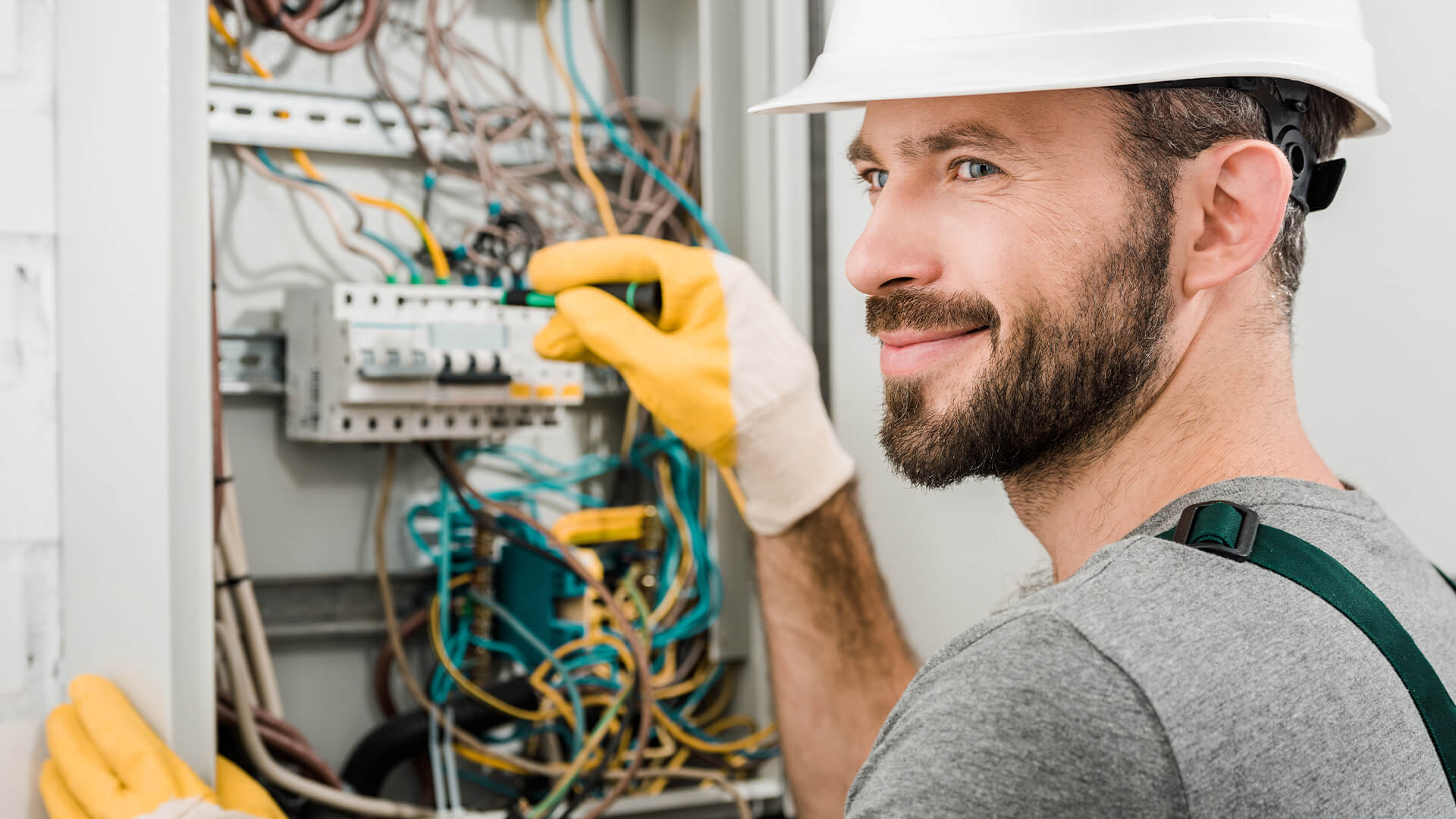Electricity is one of the most important features in today’s environment. The distribution of this particular product has seen a massive improvement over the past few years. Today, many households enjoy electricity supply and there are barely any successful businesses running without its help in one way or another.
Inasmuch as it’s an important factor in modern life, it can easily bring down anything–regardless of its size–in a matter of minutes. But the damage isn’t only economic; many people have died in such tragedies while others having their lives changed due to injuries or loss of their loved ones. As such, it can be a devastating experience for everyone involved. It’s, therefore, recommended that you hire the services of a highly qualified level 2 electrician. Of course, this is dependent on the size and complexity of the job at hand.
Whether you’re tasked to do some electrical repairs or plan to do it at home by yourself, here are a few considerations that you must keep in mind:
1. Always Switch Off the Mains
Ensure that the main switch is off before commencing any repairs. It might seem like an obvious step, but many people often ignore it. Remember, any miscalculation while working on a live wire can easily lead to a disaster. You can either suffer an electric shock or cause property damage.
Sometimes you might be tempted to switch off the lights or socket simply because you’re working on that particular line. Well, although it might seem quite convenient, it’s a very dangerous habit. Most – if not all – secondary switches are designed to cut off the live line alone unlike the mains switch which cuts off everything. Therefore, if there is any leakage to the neutral line, you’re likely to feel the impact.
2. Avoid Water at All Costs
Another safety precaution worth keeping in mind is to avoid water or wet surfaces as they’re good conductors of electricity. Sometimes, you might be forced to work on a live electric line for convenience or for testing purposes.
Either way, dry hands are suitable during such situations. In addition, make sure the floor and your working area is also dry to prevent any short circuiting.
3. Personal Protection Equipment
Safety is paramount in any environment involving electricity and electrical repairs. Regardless of how keen you follow the tips mentioned above, without PPEs, you’ll always be facing huge risks.
First, make sure you wear the appropriate insulation gloves before handling any cables. Apart from being shockproof, they also protect your hands from sharp objects. The same can be said about the boots. In addition, consider wearing a coat and a helmet while at work.
4. Consider the Size Of The Fuse
Sometimes, people choose the easy way out, especially if the required materials are somewhat expensive. The drawback here is the fact that one may end up using the wrong size of the fuse for a given task, which is one of the reasons why fuses blow.
You’re expected to take a keen look at the load size as well as the cables used to determine the most appropriate fuse to be used. You also need to know the facts about any home equipment that’ll be installed. This will help improve the accuracy of your calculation.
Remember, there’s an approved range for lighting systems, sockets, and the cooker line. Therefore, you can compare the estimates with your calculations above before making the final decision. It’s also worth noting that all these systems should have independent fuses for safety and convenience during repairs.
5. Be Conversant with The Electrical Code
Every industry has a set of regulations and rules governing all basic procedures. The field of electrical engineering has the same, too, and it varies from country to country. For instance, the type and size of the cable used depend on the load.
Normally, the mains supply is connected using a cable that can afford to transmit large amounts of current without overheating and melting in the process. Of course, there’s a standard rule but it’d be better to follow your country’s regulations, especially if you’re doing repairs because consistency matters. This covers everything including color-coding, which is very crucial when it comes to safety.
6. Never Forget the Earthing
Are you connecting power to a home? As you might already know, there are three cables, each of which are colored differently, that run from the mains. The black and red ones are the neutral and live wires respectively. Some people may decide to use the two and leave out the third cable, which is always green, yellow, or a combination of the two.
This is risky because in case of a current leakage, all loads may be damaged. In the worst case scenario, you might be forced to deal with fire disasters. The best way to prevent this from happening is by installing an electrical grounding system and linking it to every possible connection in the building.
Conclusion
Electrical engineering is an interesting field but any mess-up, especially where regular consumers are involved, can lead to catastrophic events. To avoid such situations, you ought to follow the precautions mentioned in the article.
For one, wearing PPEs will help protect you first. Using the appropriate materials and tools will ensure that everyone around and the desired users are very safe. Of course, accidents happen but taking preventive measures will help reduce the chances of such cases.































